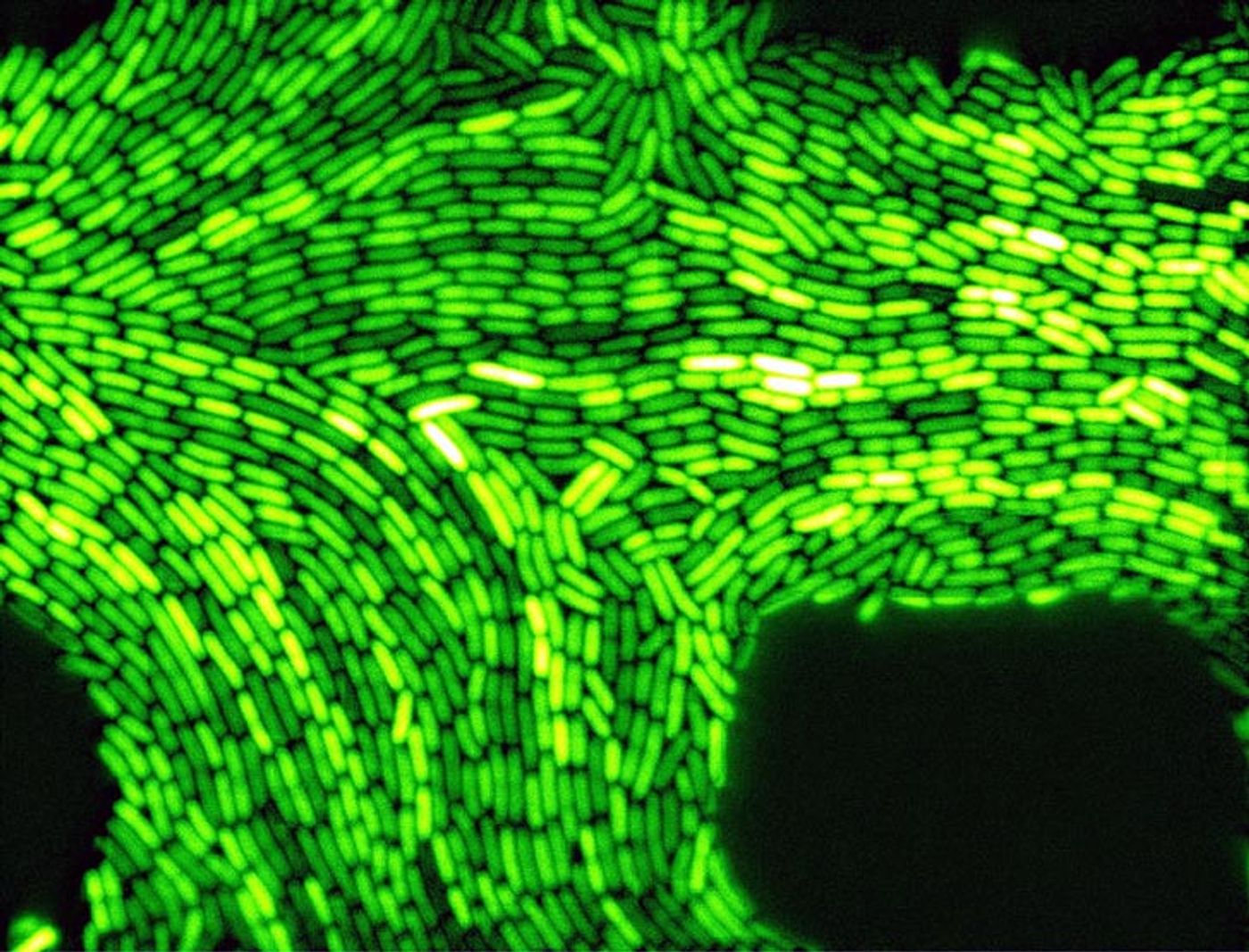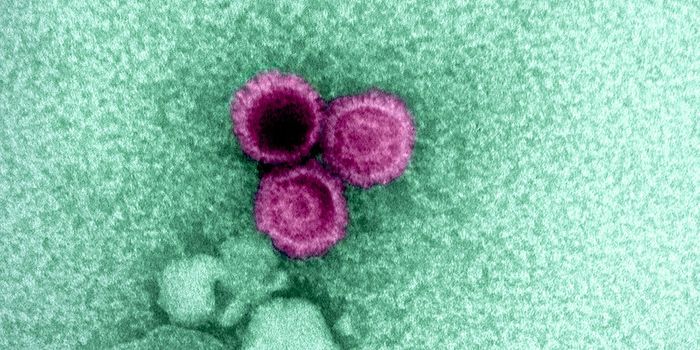Videos
The Scientific Value of Marijuana
Kerry received a doctorate in microbiology from the University of Arkansas for Medical Sciences.









